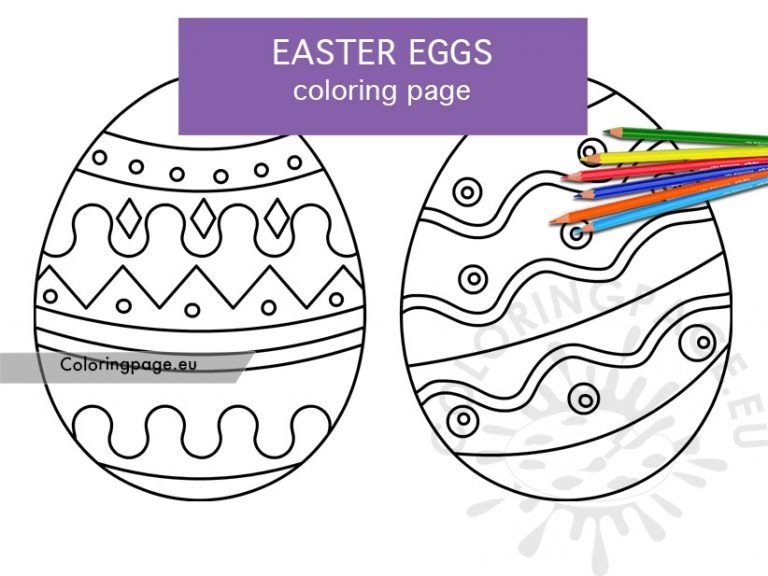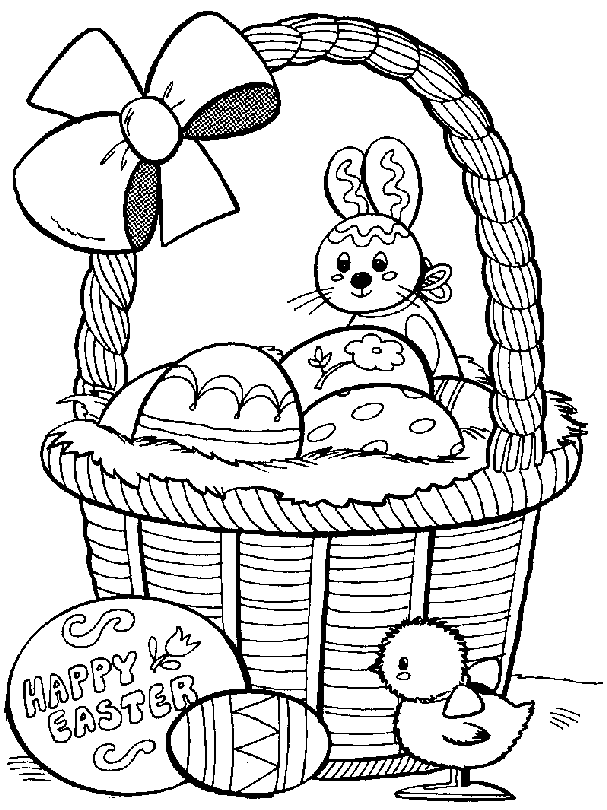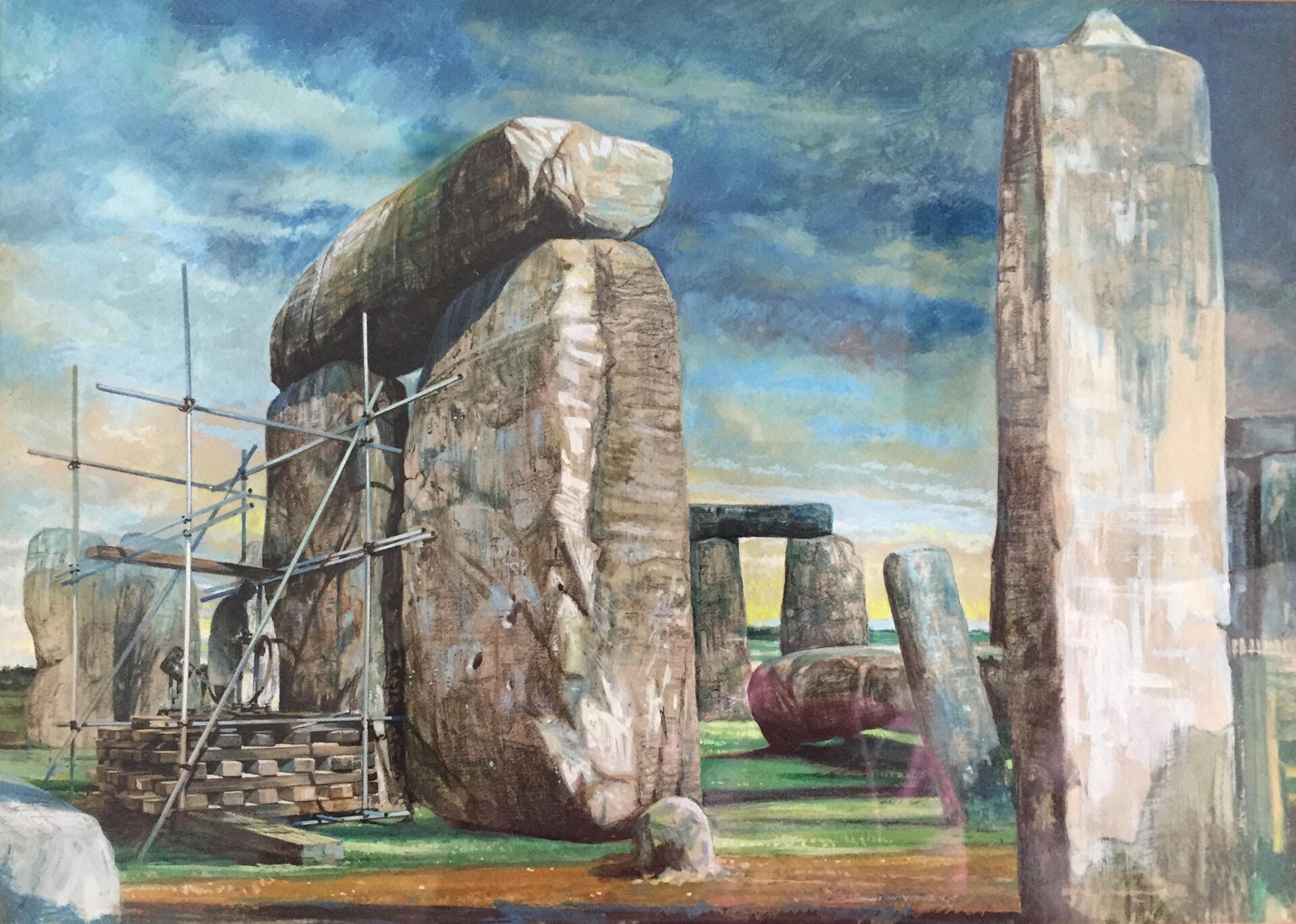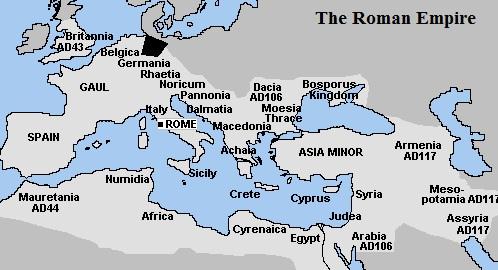Free coloring pages easter eggs coloring page
Table of Contents
Table of Contents
Easter is a joyous celebration, and one of the most treasured traditions is coloring Easter eggs. The vibrant colors and intricate designs on the eggs have become a symbol of the holiday. But have you ever thought about the origin of coloring Easter eggs?
For many people, coloring Easter eggs is simply a fun activity to do with family and friends. However, there’s more to the tradition than meets the eye. The practice of coloring eggs dates back to ancient times and has strong roots in many cultures.
The origin of coloring Easter eggs can be traced back to Pagan beliefs that celebrated the arrival of spring and new life. People would exchange eggs as a symbol of fertility and rebirth. This tradition was later adopted by Christians, who used the egg as a symbol of Jesus’ resurrection.
In today’s modern world, coloring Easter eggs has become a fun-filled activity for both kids and adults. It’s a great way to spend time with loved ones and express creativity. But it’s important to remember the rich history behind this tradition and the symbolism it holds.
The Significance of Easter Eggs
Easter eggs hold a significant place in Christian traditions. The egg is seen as a symbol of new life, representing the resurrection of Jesus. The shell represents the tomb, and the cracking of the shell represents the resurrection. The act of coloring the eggs is a way of bringing them to life and honoring this sacred symbolism.
When I was a child, coloring Easter eggs was a favorite pastime for me. My family would gather together and spend hours decorating eggs with colorful designs and glitter. We would also attend church services and participate in Easter egg hunts. The significance of the eggs was never lost on us, and we always made sure to treat them with respect and care.
The Evolution of Coloring Easter Eggs
The practice of coloring Easter eggs has evolved over time. From simple dyes made from natural materials to elaborately decorated eggs using intricate designs and patterns, the tradition has come a long way. Today, people use a variety of techniques and materials to create unique and beautiful Easter eggs.
If you’re looking to try something new this Easter, why not experiment with different coloring techniques? You could try using natural dyes made from vegetables or fruits, or use stickers and stencils to create fun and unique designs.
The Importance of Coloring Easter Eggs Together
One of the most significant aspects of coloring Easter eggs is the bonding experience it provides. When families and friends come together to decorate eggs, it creates a sense of community and togetherness. It’s a chance to spend quality time with loved ones and create lasting memories.
When I think back on all the Easter celebrations I’ve been a part of, my fondest memories are of coloring eggs with my family. We would sit around the kitchen table, laughing, sharing stories, and letting our creativity run wild. Those are memories that I will cherish forever.
Tips for a Successful Easter Egg Coloring Experience
If you’re planning to color Easter eggs with your family or friends this year, here are a few tips to make the experience a success:
- Start with hard-boiled eggs to avoid any cracking.
- Cover your work surface with newspaper or a disposable tablecloth to make clean-up easy.
- Provide a variety of materials, such as stickers, stencils, and markers, to keep things interesting.
- Use natural materials, such as beet juice or turmeric, to create unique and interesting colors.
- Have fun and be creative!
Question and Answer
Q: Why do we color Easter eggs?
A: Coloring Easter eggs is a tradition that dates back to ancient times. People would exchange eggs as a symbol of fertility and rebirth. This tradition was later adopted by Christians, who used the egg as a symbol of Jesus’ resurrection.
Q: What do the colors of Easter eggs represent?
A: The colors of Easter eggs can have different meanings in different cultures. In general, though, colors like green, blue, and purple are seen as symbols of spring and new beginnings, while red is often associated with love and sacrifice.
Q: What materials can be used to color Easter eggs?
A: There are many materials that can be used to color Easter eggs, from natural dyes made from vegetables to commercial egg coloring kits. Some people even use non-traditional materials like food coloring, crayons, and glitter!
Q: What is the significance of the Easter egg hunt?
A: The Easter egg hunt is a fun activity that is enjoyed by many families on Easter. It’s believed to have originated in Germany, where children would search for hidden eggs left by the Easter Bunny. Today, the egg hunt is seen as a way to celebrate spring and new life.
Conclusion of Origin Of Coloring Easter Eggs
As you can see, coloring Easter eggs is more than just a fun activity. It has deep roots in ancient traditions and holds a sacred symbolism in Christian faith. Whether you’re a child or an adult, coloring Easter eggs is a great way to celebrate the season and spend time with loved ones.
Gallery
Free Decorative Easter Egg Coloring Page For Kids And Adults

Photo Credit by: bing.com / reallifeathome
Easter – Page 3 – Coloring Page

Photo Credit by: bing.com /
Egg Color & Write | Easter Coloring Pictures, Easter Egg Coloring Pages

Photo Credit by: bing.com / expressive
Easter Egg Coloring Pages | [#] Lunawsome
![Easter Egg Coloring Pages | [#] Lunawsome Easter Egg Coloring Pages | [#] Lunawsome](http://www.drodd.com/images10/easter-egg-coloring-pages9.gif)
Photo Credit by: bing.com / easter egg coloring pages printable eggs colouring print kids printables paasei
Free Coloring Pages: Easter Eggs Coloring Page

Photo Credit by: bing.com /







